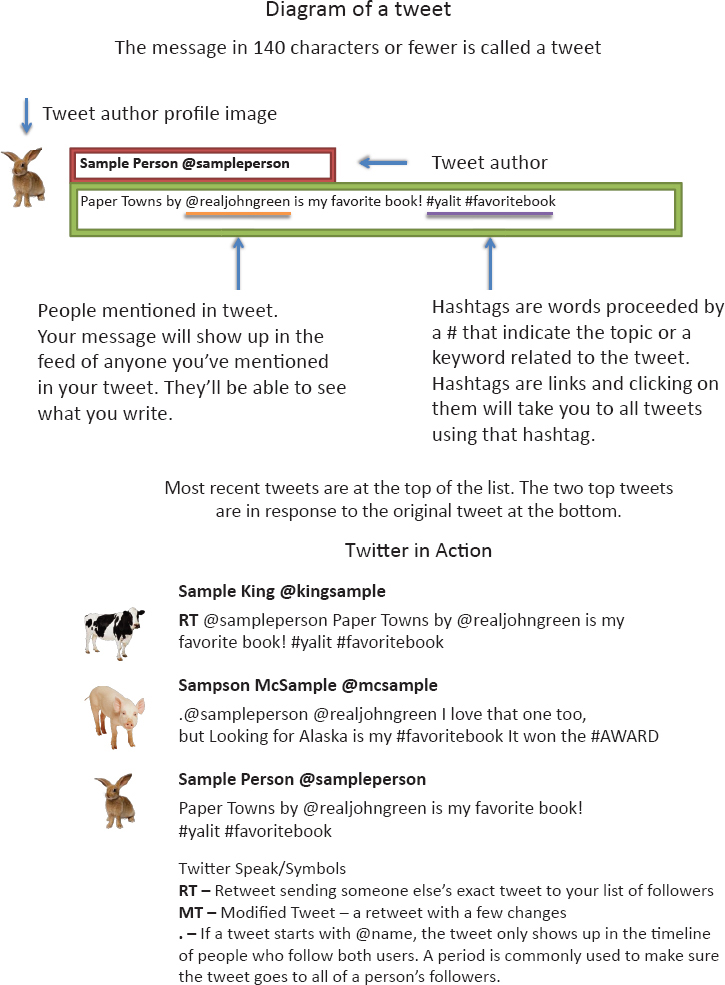Tech Tip: Say Yes to Twitter
TECH TIP SAY YES TO TWITTER
Although many considered Twitter to be a fad, it appears that it’s here to stay for the foreseeable future. Get off the sidelines and into the world of microblogging.

1 THE PROBLEM
You’ve heard people talk about Twitter, but you don’t know why you’d join it or what you’d do with it.
2 THE FIX
Dive in!
3 HOW TO DO IT
Twitter is a microblogging site used by millions of people globally. Microblogging is sending live messages, called “tweets,” from Web-enabled devices. It’s called “micro” because you have only 140 characters. (The previous sentence contains exactly 140 characters.)
Entertainment. You can use Twitter to keep up with your favorite actors, bands, and sports teams. Some people tweet about what they had for lunch; Neil Patrick Harris loves to do so. Some tweet about projects they’re working on, some tweet political commentary, and others just share great jokes.
Education. Twitter is much more than fun facts about famous people. Twitter is a great way to keep up with professionals and scholars in your chosen discipline. Authors will tweet about their books and often engage in conversations with their readers. People will also share links to news articles, book reviews, Web sites, and videos related to certain careers and areas of study. Following leaders in your chosen field helps you stay up-to-date on current issues and gives you the opportunity to interact with experts.
Job hunting. Many career Web sites have Twitter accounts where they post frequent updates. Following the official Twitter feed of a company you want to work for can lead to instant notification of new job opportunities and will give you the chance to get your résumé ready to go!
Community involvement. One amazing feature of Twitter is it allows for global conversations of important issues. Twitter was a key component in the Arab Spring of 2011–2012, a period that saw dozens of political demonstrations and revolutionary movements across a wide range of the Arab world. Twitter was a conduit for international exchanges of information in real time. Organizers, protestors, news sources, and anyone curious about the situation were able to follow the story—live—on their computers or smartphones.